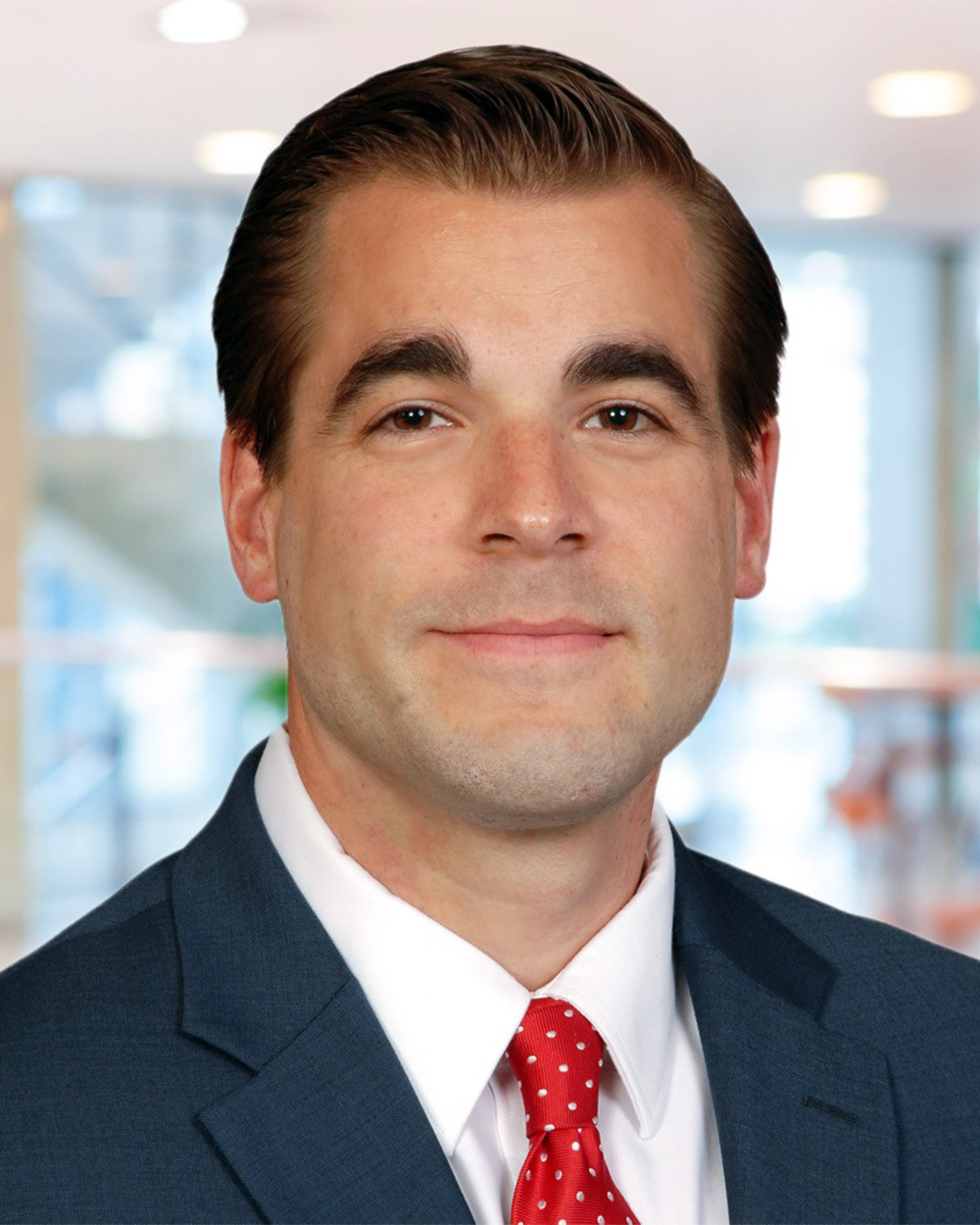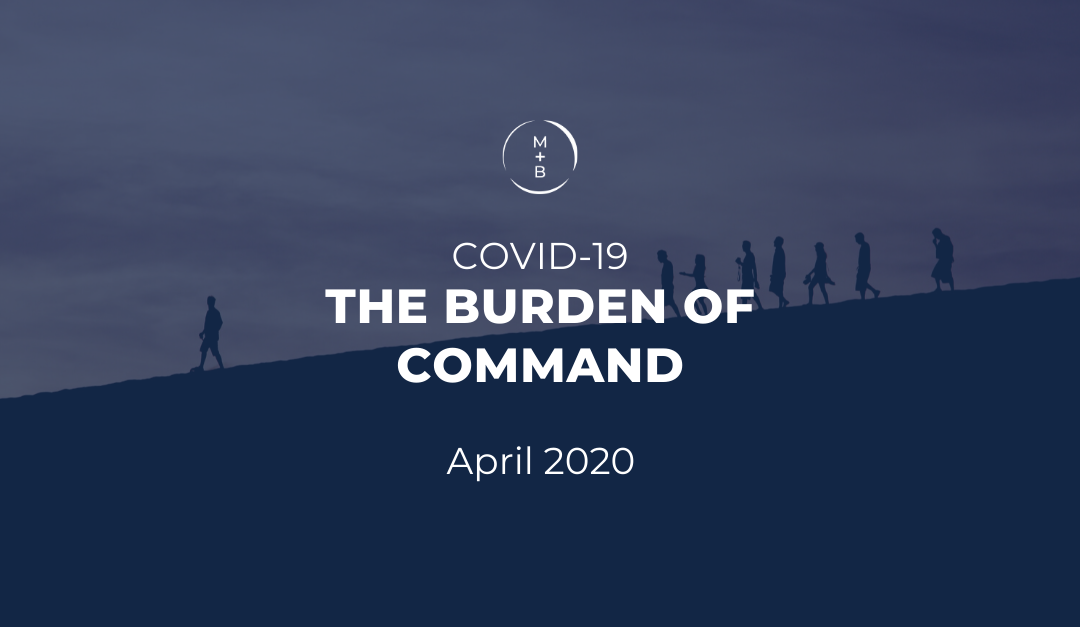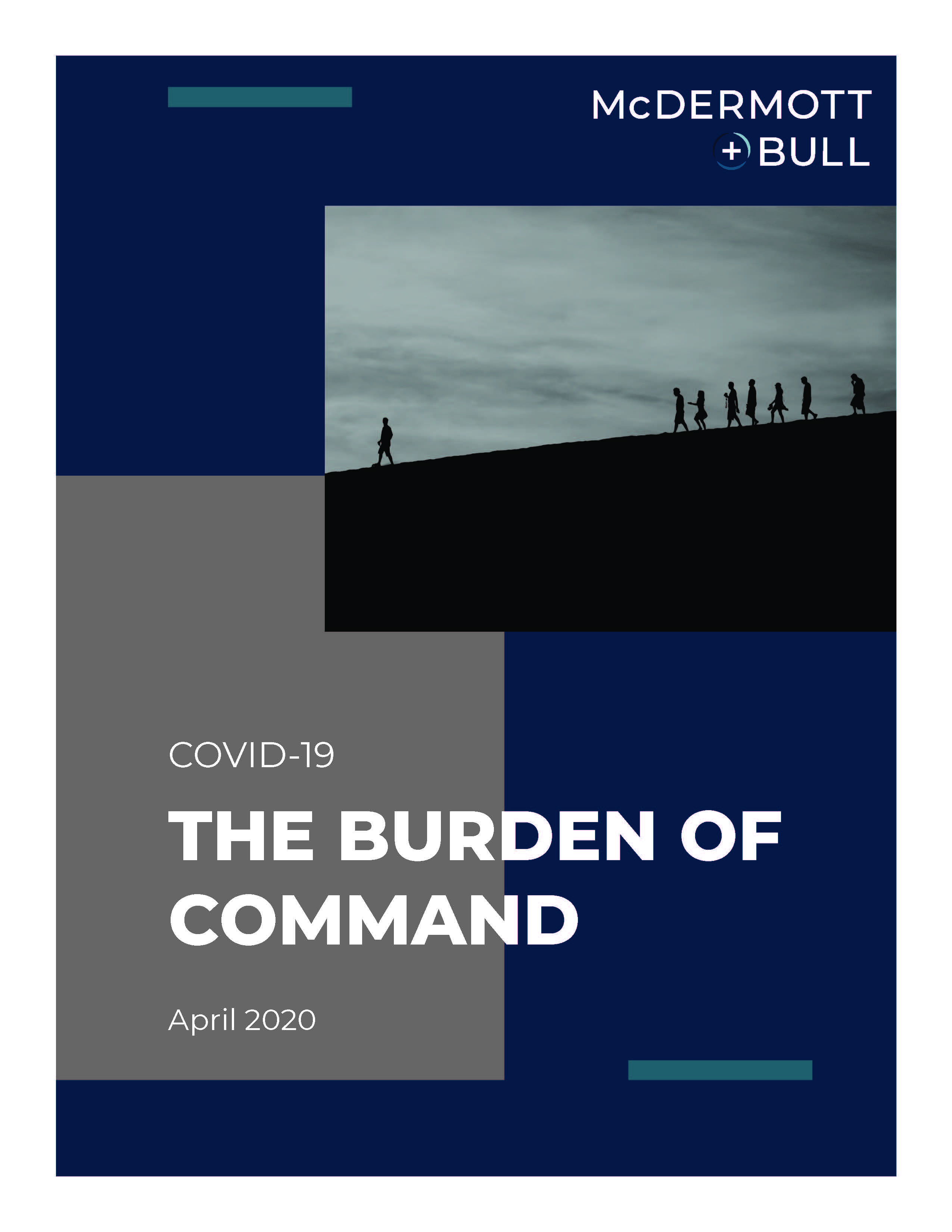EXECUTIVE SUMMARY
Did I make the right decision? Did I put the right preventative measures in place soon enough, effectively enough, and was I fair enough to all my employees? Furthermore, can I continue to turn a profit in order to pay them all? Surely, I could be doing more… While I was never a commanding officer in the U.S. Navy, I was a lieutenant privy to plenty of hard conversations similar to what many CEOs and presidents of companies are going through right now.
While essential businesses can continue to operate, they still have the moral dilemma of requesting versus requiring employees to be at work. Absenteeism and different interpretations of sick leave continue to cloud the definition of what is right and wrong.
Depending on where you geographically operate, more challenging and robust problems lay beyond these first three to five weeks of quarantine. Frankly, some of these issues are scary for those that have never operated in an organization where people die or cannot return to work, and immediate succession plans are activated.
Recently, I attended a webinar where a poll was taken among the audience of industry executives and high-level audit, legal, and consulting partners. The results yielded only 56% of the employers were aware of any succession plan. I would argue that the majority had little need to be aware of the details until CEOs started waking up in the morning hoping, wondering, and praying that no one in their organization had succumbed to Covid-19.
This brings me to a widely discussed theme in the military, but one which is no less true in the boardroom: it is lonely at the top. These unprecedented times highlight this more than ever, especially given that few see turning the corner in terms of recovery until Q3 2020.
However, this belief highlights at least one potential positive – the start of looking toward an exit strategy. Albeit this centers around a new normal rather than the way we conducted business beforehand, it at least begins to alleviate some of the uncertainty surrounding us all. It goes without saying that those coming the fastest out of a turn will enjoy some competitive advantage. The bigger question is: where is the apex of the turn, so that we can correctly predict when business will begin to accelerate?

ABOUT THE AUTHOR + FIRM
Mark Sanborn serves as a Managing Director for McDermott + Bull with a focus on the Aerospace + Defense, Industrial, Automotive, and the CPG sectors. His ability to build relationships with his clients based upon a robust methodology in active listening has consistently led him to multiple engagements throughout his career. Mark was commissioned as a Surface Warfare Officer in the U.S. Navy from 2005-2013 onboard the USS Germantown and USS Antietam. Mark holds a BS in Management and Technology from the Lally School of Business at Rensselaer Polytechnic Institute in Troy, New York.
Leveraging deep vertical experience, innovative thinking, and proven time-saving methodologies, we challenge the norm and thrive in the recruitment of difficult-to-find VP to C-Suite executive talent.
We value a personalized service model while having the resources and capabilities of the world’s largest search firms. With experienced partners in Canada, the United States, and Europe, we are the trusted retained search advisor for empowering change on behalf of private and public companies, nonprofit organizations, private equity firms, and their operating companies.


